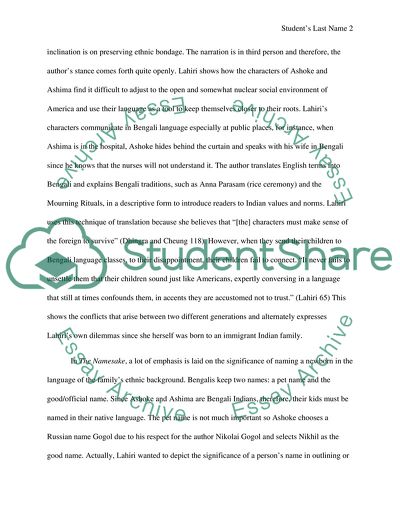Cite this document
(Exploring the Narrators Ethnicity through Language in Two Contemporar Case Study, n.d.)
Exploring the Narrators Ethnicity through Language in Two Contemporar Case Study. https://studentshare.org/literature/1804830-how-does-our-new-global-culture-alter-ethnic-literature
Exploring the Narrators Ethnicity through Language in Two Contemporar Case Study. https://studentshare.org/literature/1804830-how-does-our-new-global-culture-alter-ethnic-literature
(Exploring the Narrators Ethnicity through Language in Two Contemporar Case Study)
Exploring the Narrators Ethnicity through Language in Two Contemporar Case Study. https://studentshare.org/literature/1804830-how-does-our-new-global-culture-alter-ethnic-literature.
Exploring the Narrators Ethnicity through Language in Two Contemporar Case Study. https://studentshare.org/literature/1804830-how-does-our-new-global-culture-alter-ethnic-literature.
“Exploring the Narrators Ethnicity through Language in Two Contemporar Case Study”. https://studentshare.org/literature/1804830-how-does-our-new-global-culture-alter-ethnic-literature.


